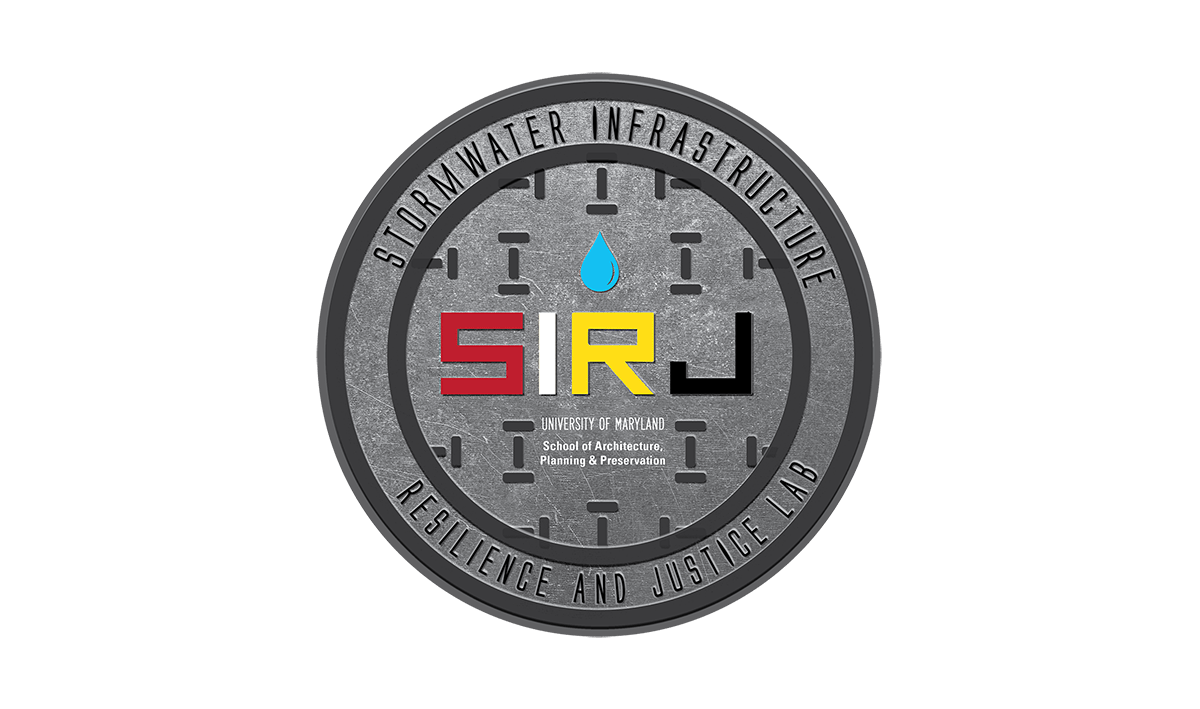3835 Campus Drive
Architecture Building (145 ARC)
College Park, MD 20742
United States
tHIS EVENT IS part of the new SIRJ lab "Let it flow" lecture series. OPEN TO the mapp and umd community
Schedule:
1 - 2 pm - TALK/Q&A: "Towards Water-Sensitive Urban Planning: Predictive Scenarios for Coping Capacity and Resilience"
Open to students, faculty and staff interested.
Short break (15 min)
2:15 - 3:30 pm - WORKSHOP: "Can we manage sprawl? Modeling tools for predicting urban changes"
Open to students, faculty and staff interested. Please RSVP for the workshop.
Join on Zoom
If you need assistance, please contact Priscila Alves
About the event:
The two parts-event is the first “Let It Flow Lectures” promoted by the Stormwater Infrastructure Resilience and Justice (SIRJ) Lab of the School of Architecture, Planning and Preservation at the UMD.
In the first half of the event, we will have Dr. Iana Rufino from the Federal University of Campina Grande from Brazil talking about her experiences and understanding “Towards Water-Sensitive Urban Planning: Predictive Scenarios for Coping Capacity and Resilience.” We will meet in Room 1111 (ARCH building) from 1 to 2 pm.
The second half is a workshop for students focusing on how "Can we manage sprawl? Modeling tools for predicting urban changes", delivered by Dr. Iana Rufino and her PhD student, Higor Brito. The workshop will focus on modeling tools for predicting urban sprawl using Washington D.C. as a case study. The workshop will be held in Room 1111 from 2:15 to 3:30 pm.
Dr. Rufino’s talk and workshop will focus on the analysis and visualization of possible trends of land use changes (drivers of urban growth) are essential for urban planning. Understanding urban space and the evolution of its spatial pattern becomes essential for sustainable development. Planning and regulation of land use often do not consider the pressure they impose on water resources. Climate change impacts, ill-planned cities, and social vulnerability demand new integrative approaches that model not only strictly hydrological or urban growth trends but also consider (i) the impacts of these combined external factors, (ii) existing legislative gaps, (iii) vulnerabilities to risk (natural or non-natural), and (iv) coping capacity of the stakeholders, since all these factors act together and compromise water security and environmental health in urban centers. In this sense, predictive scenarios of urban occupation should be related to future demands for human supply and urban drainage infrastructure (immediate responses to extreme droughts and floods).
The aim of this event is to discuss future scenarios for water managers and urban planners, anticipating trends and assisting in the protection of natural ecosystems, planning land use actions and policies for water scarcity (droughts) and support for occasional flooding (flash floods), thus contributing to an increase in the resilience and adaptive capacity of current and future cities.
 about the Speaker:
about the Speaker:
Dr. Iana Rufino, Associate Professor
Federal University of Campina Grande, Brazil
Dr. Iana Rufino joined the Natural Resources Center of Federal University of Campina Grande (UFCG) in 2006, where she still is a Full Professor. She holds a Ph.D. in Natural Resources at UFCG (with a brief PhD internship at University of Alcalá de Henares, Spain), a M.Sc. degree in Architecture and Urbanism at University of São Paulo (USP), and a bachelor’s degree in Civil Engineering at Federal University of Paraiba. She was an academic visitor at the Center for Geospatial Technology (Texas Tech University, US) from 2012 to 2013 and at the Centre for Water Systems (University of Exeter, UK) from 2019 to 2020. Nowadays, she teaches classes for undergraduate courses (Civil Engineering and Architecture and Urbanism) and for Graduate courses (Environmental and Civil engineering). She is also an Advisor and Researcher collaborating with many national and international projects. Her main interests are geospatial technologies applied to urban environmental studies and Land Use/Land Cover Changes and impacts in semi-arid regions.

